After All, Time With Twins Is But A Mans Dream!
Sunday, November 13, 2011
 Shangrao, Jiangxi, China
Shangrao, Jiangxi, China
Hey Hey and a Big G'Day toya,
Situated midway between Shangrao City and Shangrao County is a park that daily captures both myself and my lens. Twin Pagoda Park is one and a half kilometers of peaceful bliss that without camera in hand takes around half an hour to walk but once my camera breaks free it can easily take up to an hour. One can try to escape its beauty but it is difficult to do so as all buses between city and county pass by and I honestly can’t stop myself leaping from the bus at the first pagoda and slowly making my way along the Xinjiang River towards the second.
My main ride begins across from the park and takes me along the river and my nightly walk into the city takes me along the river side path below the park.
I was going to try and write my own blog from the small amount of information I gathered from the net but instead I decided to simply take photos of the information boards found at both pagodas, transfer the info and allow the Chinese to offer you the story/history of each pagoda and I do believe they did a great job! I also could have easily offered only twenty photos to cover this blog but as so much of my life is spent here I couldn’t stop myself from taking liberties and throwing in another thirty, after all, this is is my blog and how I want to remember my life here in China!
WUGUI SHAN TOWER
The Wugui Pagoda is situated on the rocky mountain off the northern bank of the Xinjiang River. As it is not far away from the Kuiwen Pagoda, the two are called the Twin Pagodas of Shangrao City. It is said that the two pagodas were built for removing the flood disaster of the Xinjiang River.
The Wugui Pagoda is about one and a half kilometres away from the Kuiwen Pagoda, the two pagodas echo from each other from afar and contrast finely with the river. The Wugui Pagoda is only seventeen meters high, much lower than the Kuiwen Pagoda. The Wugui Pagoda is five storied with eight angles. The foundation of the Wugui Pagoda is natural rock and features masonry structure. Only the first floor of the pagoda is empty inside with four doors. From above the second floor, the pagoda is closed without any ladder for climbing. The angles features and whole style of this pagoda is the same as the rebuilt five floors of the Kuiwen Pagoda during the Jiaqings Reign of the Qing Dynasty, so according to this the construction time of the Wugui Pagoda should be in the early 13th century.
Wugui Pagoda History
One year the Feudal Court hosted the annual examination to select the talents and the five intellectuals came here on their way to the capital city for the examination and they all had to take a boat for crossing the river. As it was getting dark and no boat was seen one of them pointed to one of the huge rocks on the bank of the river and made a proposal; it is now late and I’m afraid we cannot move forward in the dark. As we meet here today maybe by ties of fate, why not just enjoy our books here and have good reading and talk with each other as much as we like and we don’t need to look for Inn, everyone agreed and some already sat down on the land.
So the five high spirited and vigorous men just lost themselves in reading and talking.
Unconsciously the day broke, although it was only the first time for the five young men to meet, they found they had the same temperament, so they made a promise that after the examination in the capital, no matter success or failure, they would meet here again. Later, perhaps with the help of God, they all succeeded in the examination and when they meet again their friendship just is certainly deepened much more than before. So they decided to donate money together to build a pagoda here. Each of them planted a sweet osmanthus tree on the mountain nearby symbolising their success in the examination and wishing to leave a good fame for future generation and as a result, people of later generations called this pagoda 'Wugui’ meaning;
Five Sweet Osmanthus Trees Pagoda.
They then called the mountain Wugui Mountain.
CRAVENS TOWER
The Longtan Pagoda, also known as the Kuiwen Pagoda or Cravens Tower, is situated on the rocky mountain off the northern bank of the Xinjiang River. According to the records of the Tongzhi Emperor’s Reign version of Shangrao County annuals, this pagoda was first built during Wanli’s Reign (1573 to 1620) of the Ming Dynasty and named the Jianlong Pagoda. Under the pagoda is a large deep pool gathering the water from the Xinjiang River and the Fengxi River. It is said that there used to be two big Chinese characters meaning ‘Dragon Pool’ inscribed on the palisades alongside the water. So the people of that time set up this pagoda alongside this pool to pray for a good harvest and named it ‘Jianlong’ meaning ‘Seeing The Dragon’ Pagoda.
However, no one has seen the characters so far.
In the Jiaqing’s reign of the Qing Dynasty the pagoda was rebuilt and renamed ‘The Kuiwen Pagoda’ with many houses constructed in addition to a large number of poems and inscriptions in praise of the pagoda. The masonry structure Longtan Pogada has eight angles and seven floors and reaches a hight of nearly fifty meters. Every floor of the pagoda has doors and windows and people can climb alongside the inside ladders up to the top of the pagoda to have a look at the distant view. Later the pagoda fell down and remained only two floors. In the nineteens year of Jiaqings Reign of the Qing Dynasty (the year 1814) Wang Gengyan, the head commissioner of the shire, together with Wang Zhengxiu and Lai Xun, the Magistrate of Shangrao County rebuilt the fallen five floors, the top floor offers sacrifices to God Zitong and they also renamed it the Kuiwen Pagoda.
The simple solemn and magnificent architectural style of the pagoda still remains.
There used to be a pagoda courtyard with several buildings inside including the Chunyang Building, Madame Huiji’s Temple, Cangjie’s Temple, the Xizi Stove, the Waterside Pavilion and so on. By the end of the Qing Dynasty almost all of the buildings and sites fell down with only the exception of the Xizi Stove. Now the Kuiwen Pagoda is well preserved as an ancient pagoda representing the architectural style of the Ming Dynasty.
Now days the Kuiwen Pagoda and the Wugui Pagoda have become the landmarks and symbols of Shangrao City. Clean and clear ways of the Xinjiang River, green leaves and shade of the ‘Two Pagoda Park’ and the two ancient pagodas standing upright alongside the river all bring the whole city not only simple and aesthetic beauty but also much strong cultural charms and flavour.
Beers N Noodles toya…..shane
___________________________________________________________
The soundtrack to this entry was by Metal Church
The album was ‘Metal Church’
____________________________________________________________
Other Entries

 Shangrao, Jiangxi, China
Shangrao, Jiangxi, China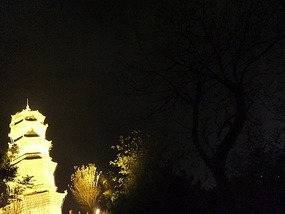
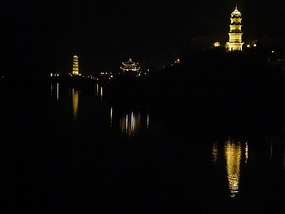
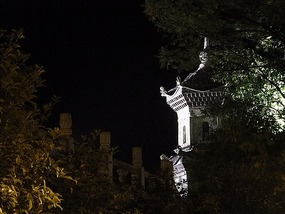

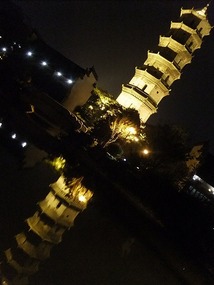
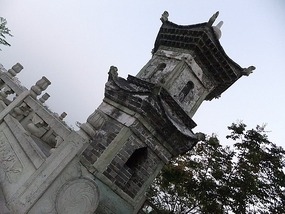

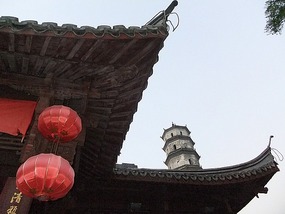
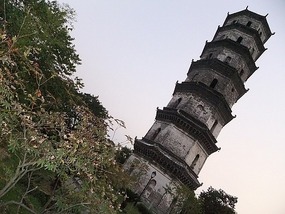
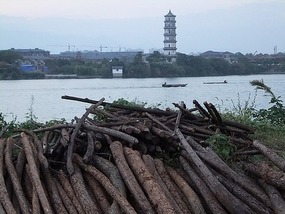
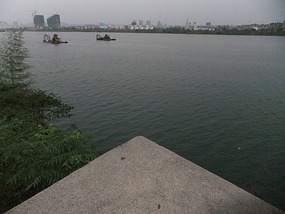
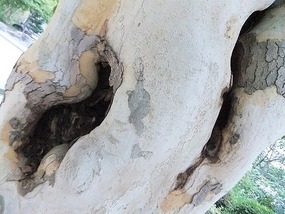
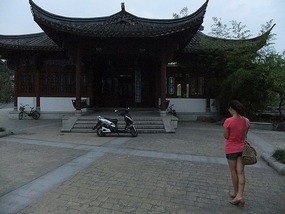
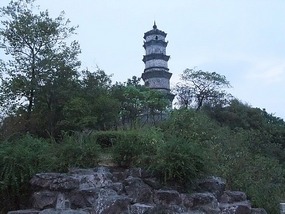
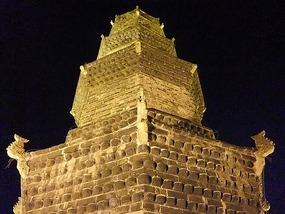
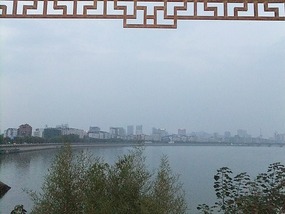
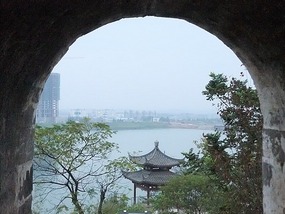

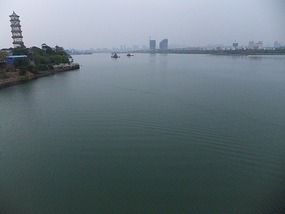
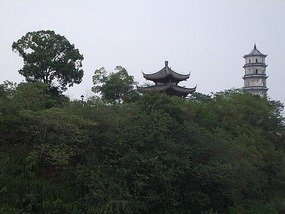
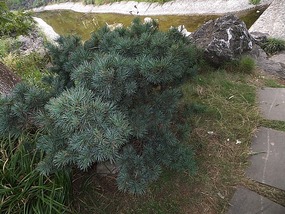
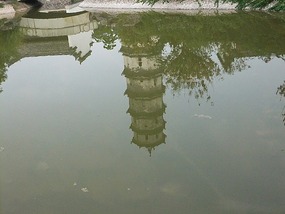

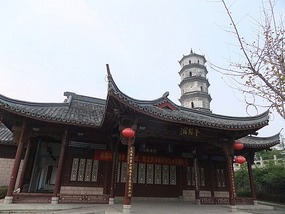
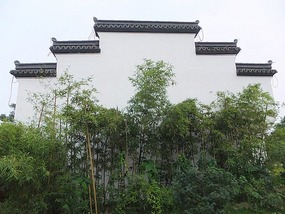
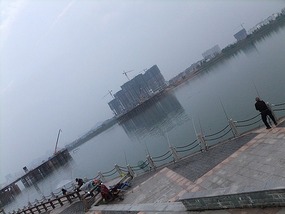
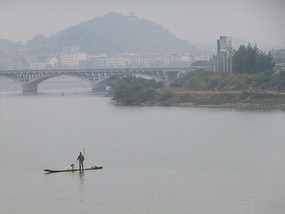
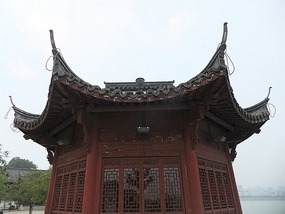
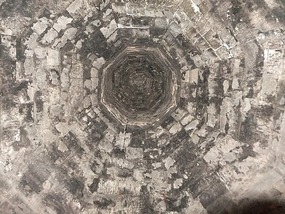
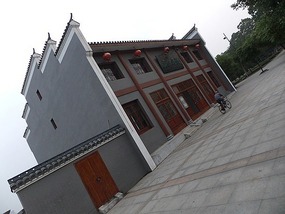

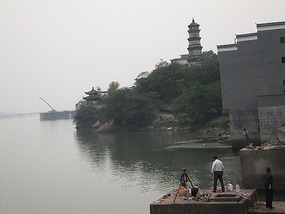
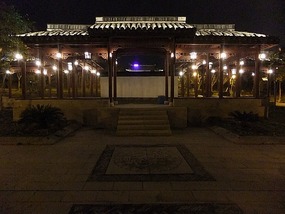


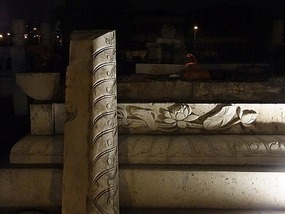
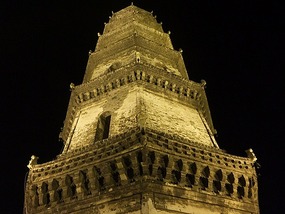
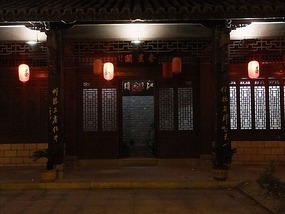
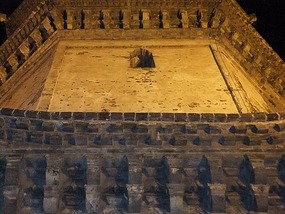


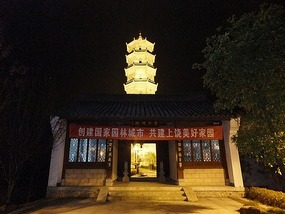
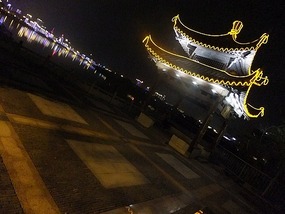
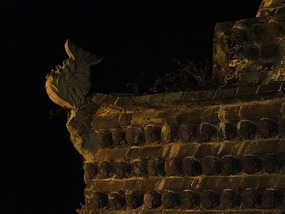
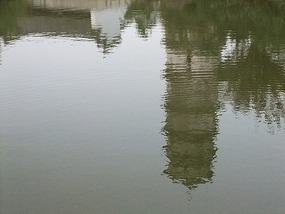
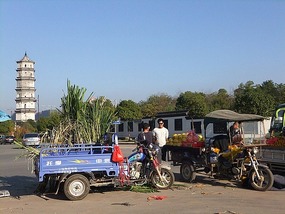

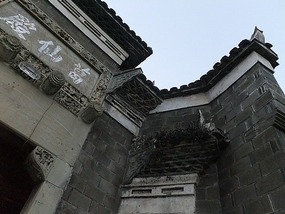
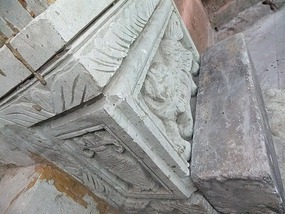
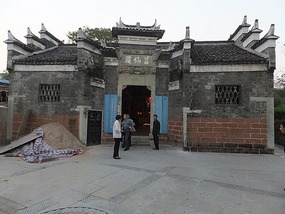

2025-05-22